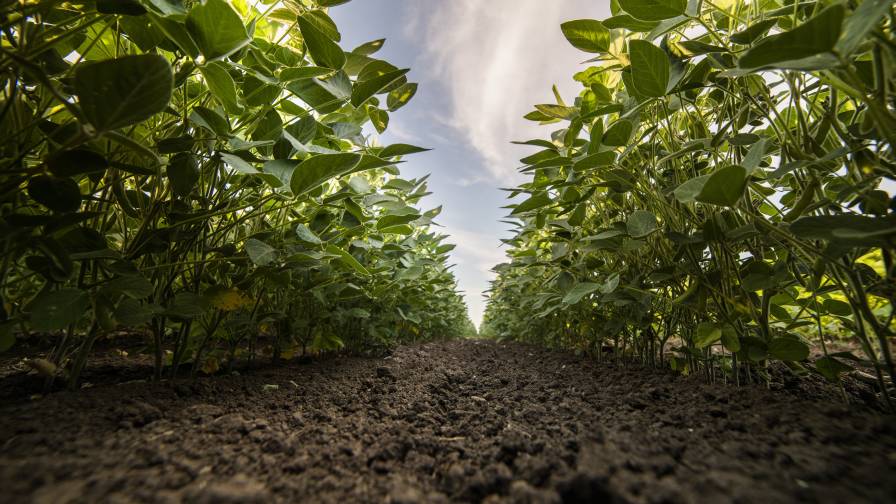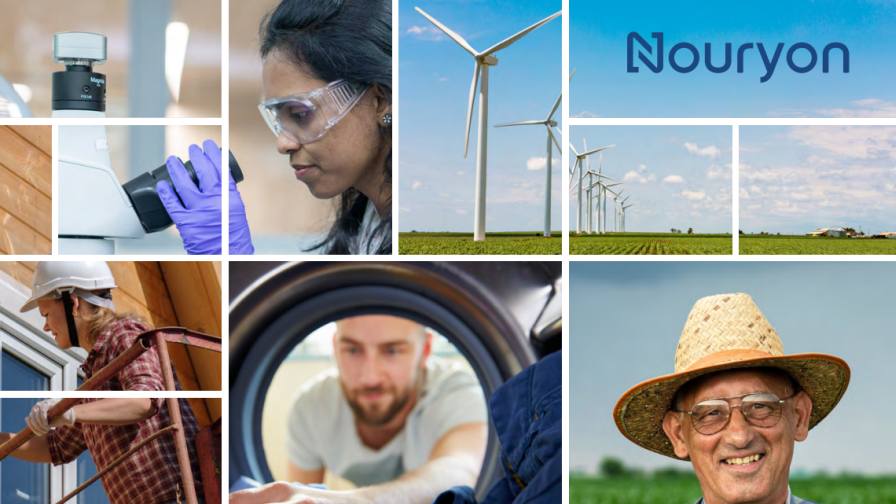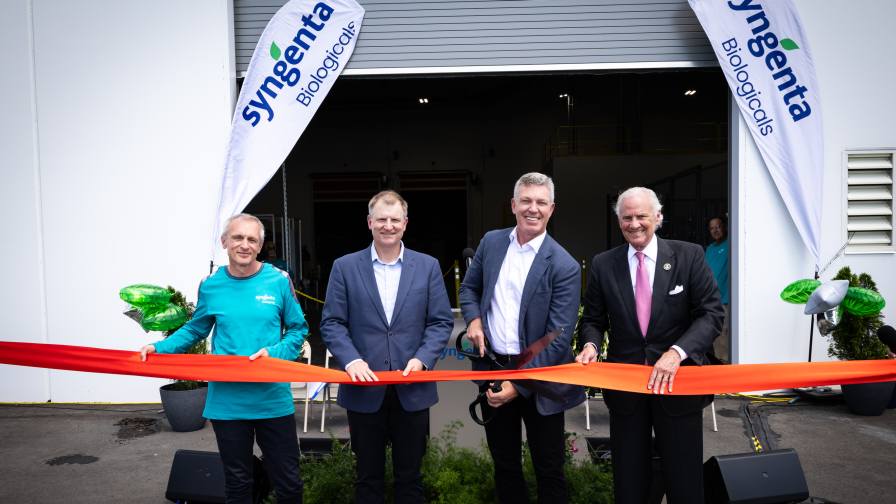Middle East Investing in Southeast Asian Agriculture
Last month, reports the Asia Times, a delegation led by Kuwati premier advisor, Ismael al-Shatti, toured Southeast Asia’s food-producing countryside, looking to invest in agricultural lands and agro-business partnerships on a contract farming basis. The visits were only part of the outreach from other Gulf states, including Saudi Arabia, Qatar, and the United Arab Emirates (UAE).
Gulf states once turned to the US for their investments; with the lagging US economy, however, these oil-rich nations are now looking elsewhere to invest. The deals currently in negotiations have companies from the Gulf states to lease Southeast Asian farmland, provide inputs, and contractually agree to buy the produce. This arrangement is similar to the contract farming deals China has across the region in countries like Myanmar and Laos.
This new interest seems to stem from a report from the Dubai-based Gulf Research Center (GRC), which specifically called on Gulf Cooperation Council nations of Bahrain, Kuwait, Oman, Qatar, Saudi Arabia, and the UAE to develop links with foreign countries with abundant arable land. These countries, which lack fertile land and consistent water supplies, already import between 60% and 90% of their food requirements at a cost of roughly US $10 billion per year. Saudi Arabia is the largest importer, followed closely by Kuwait and the UAE, according to the GRC. The rising cost of food imports have encouraged the states’ new interest in investment in food production and agriculture to secure future food supplies.
Resulting in part from the recent visit, Kuwait has agreed to provide Cambodia – which is trying to establish itself as a major regional rice exporter – with more than US $546 million in soft loans for a variety of infrastructure projects, largely in the agricultural sector. According to Cambodian spokesman Sin Bunthoeun, $486 million will be used to build irrigation systems and a hydropower project on the Steung Ser River in central Kompong Thom province. The deal also includes a proposal to exchange agricultural technology for leasing an undisclosed large plot of land set aside to grow food specifically for export to Kuwait.
Kuwait has also shown interest in Laos’ rice and palm oil sectors, but agreement details with Laos, Myanmar, and Thailand have not been made public.
In the UAE, al-Qudra Holding is exploring possibilities for rice production in Thailand, Vietnam, and the Philippines, reports Asia Times, as part of the company’s plan to acquire 400,000 hectares (Ha) of land or cultivating wheat, maize, rice, and vegetables in the Middle East, Asia, North Africa, and East Africa by the first quarter of 2009.
After a visit to Cambodia, Qatari Prime Minister Sheik Hamad bin Jassem bin Jabor al-Thani announced plans to invest $200 million in the country, exchanging agricultural technology for access to arable land. Qatar has also established a $1 billion investment fund in Vietnam – a portion which will be dedicated to agriculture.
While Saudi Arabia, the Gulf’s largest food importer, is currently in discussions with Egypt, Pakistan, Sudan, Turkey, and Ukraine to grow crops for export in selected countries in excess of 100,000 Ha, its plan also includes Thailand. The proposal to create a joint rice-exporting venture involved leasing the land, as foreigners are barred from owning land in Thailand.






